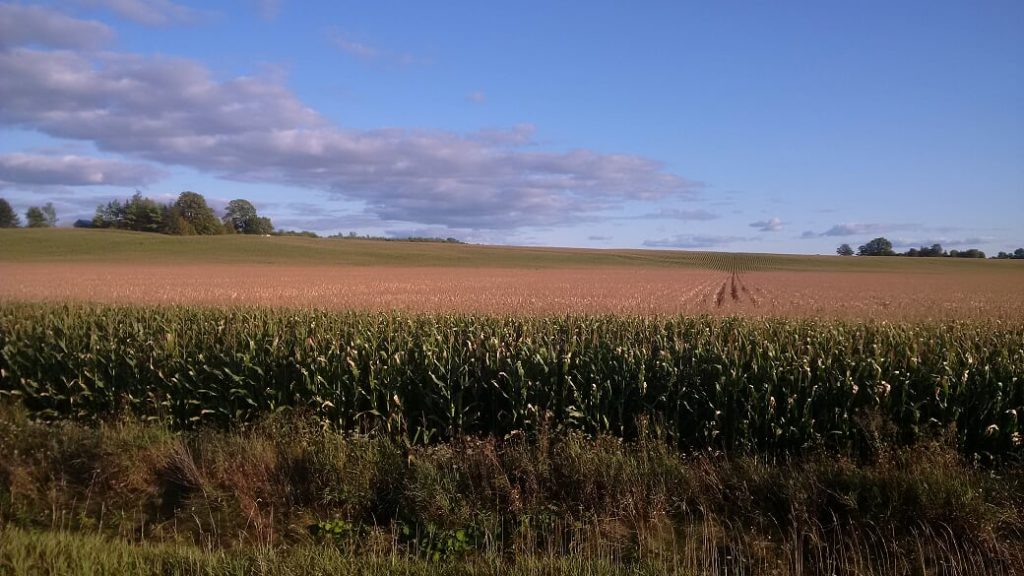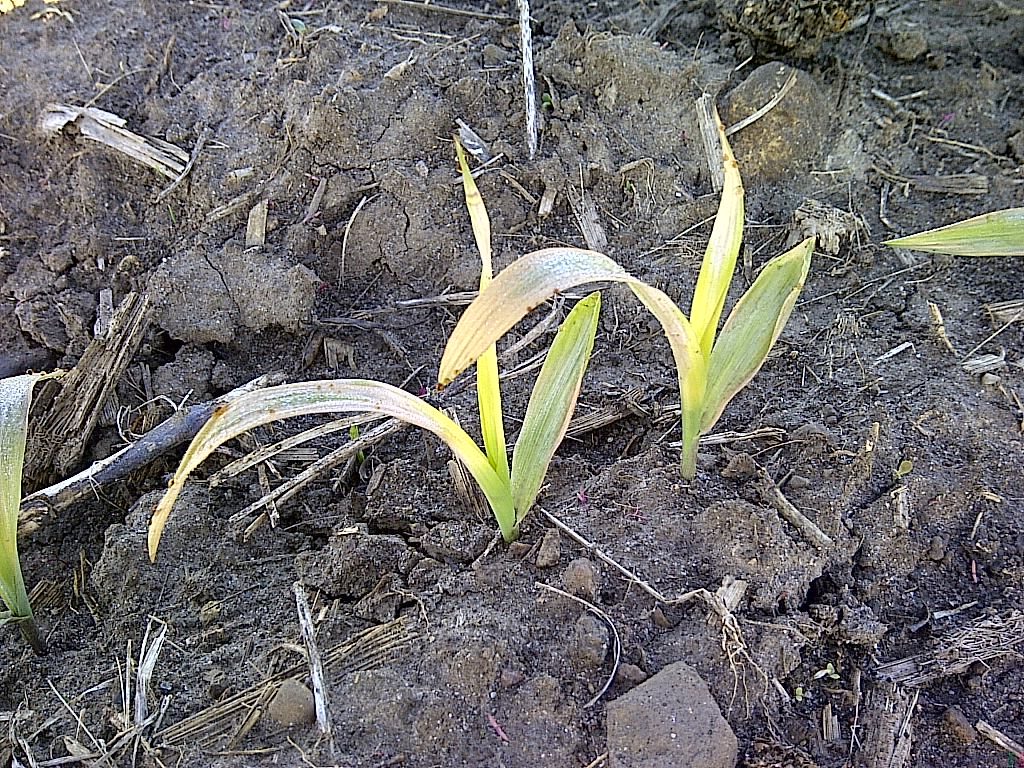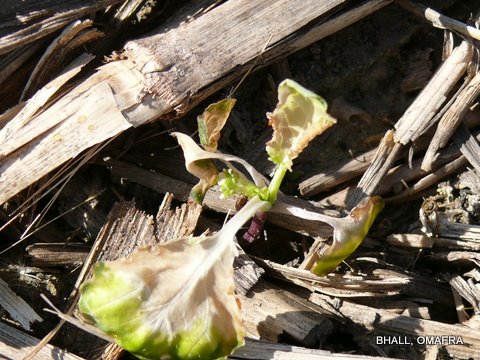Frost Injury in Sorghum Species

Caution! Members of the sorghum family – sorghum, sudangrass, and hybrid sorghum-sudangrass – contain dhurrin, a glucoside that breaks down to release hydrocyanic acid, also known as prussic acid (hydrogen cyanide, HCN). A sudden disruption of growth such as frost, drought or cutting, causes prussic acid to be released inside the plant at a more […]




